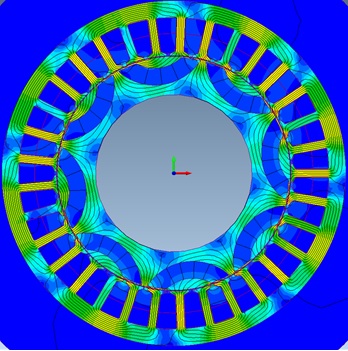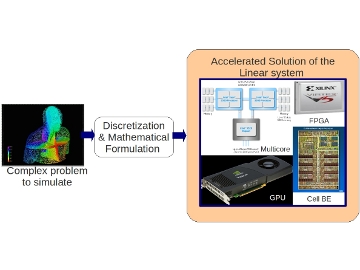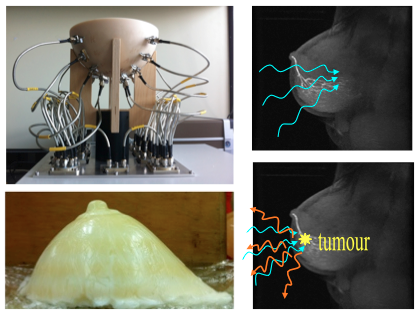Prof. David A. Lowther
Automotive Partnership Canada
Development of Optimal Electric Drive Trains for On-Road Vehicles
This is a collaborative R&D project between McGill University and the Canadian industry partners Linamar, TM4, and Infolytica. The goal of the proposed research is to develop a generic, high-performance electrical powertrain for electric vehicles that offers higher performance in a smaller package and at lower cost than today’s electrical powertrains.The focus of our current work is on the accurate prediction of iron losses, robust and multi-objective optimization for electrical machines design.
More information about the project can be found here.
- V. Ghorbanian, A. Salimi and D. A. Lowther, "A Computer-Aided Design Process for Optimizing the Size of Inverter-Fed Permanent Magnet Motors," IEEE Transactions on Industrial Electronics, vol. 65, no. 2, pp. 1819-1827, Feb. 2018, doi: 10.1109/TIE.2017.2733460.
- R. C. P. Silva, T. Rahman, M. H. Mohammadi and D. A. Lowther, "Multiple Operating Points Based Optimization: Application to Fractional Slot Concentrated Winding Electric Motors," IEEE Transactions on Industrial Electronics, vol. 65, no. 2, pp. 1719-1727, Feb. 2018, doi: 10.1109/TIE.2017.2756586.
- V. Ghorbanian and D. A. Lowther, "A Statistical Solution to Efficiently Optimize the Design of an Inverter-fed Permanent Magnet Motor," IEEE Transactions on Industry Applications, vol. 53, no. 6, Dec. 2017, doi: 10.1109/TIA.2017.2726968.
- S. Hussain, M. H. Mohammadi, K. S. Sidhu and D. A. Lowther, "Effects of PWM Excitations on Iron Loss in Electrical Steels and Machines," accepted in the 2017 IEEE Industry Applications Annual Meeting, Cincinnati, OH, USA, (Oct 4, 2017).
- S. Hussain and D. A. Lowther, "An Efficient Implementation of the Classical Preisach Model," IEEE Transactions on Magnetics, vol. 54, no. 3, Mar. 2018, doi: 10.1109/TMAG.2017.2748100.
- V. Ghorbanian, S. Hussain, S. Hamidizadeh, R. Chromik and D. A. Lowther, “Demagnetization Proximity Considerations of Inverter-fed Permanent Magnet Motors”, presented in the IEEE Electric Machines and Drives Conference (IEMDC), Miami FL, USA, (May 24, 2017)
- T. Rahman, M. H. Mohammadi, K. Humphries and D. A. Lowther, "Comparison of Fractional Slot Concentrated Winding and PM Assisted Synchronous Reluctance Motors for Class IV Electric Vehicles," presented in the IEEE International Electric Machines and Drives Conference (IEMDC), Miami, FL, USA, May 2017.


